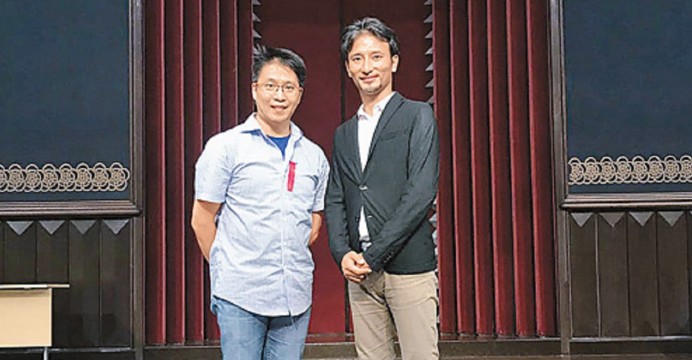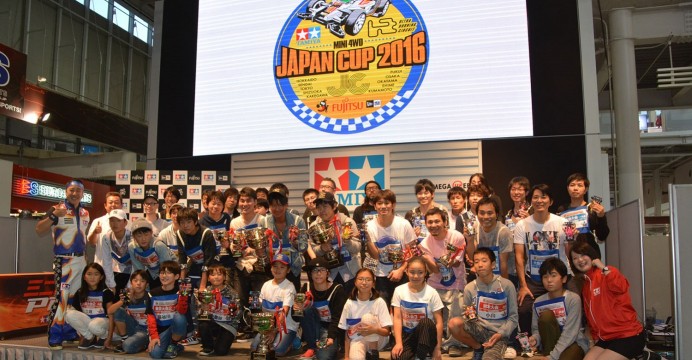In Hong Kong, STEM (science, technology, engineering and mathematics) is a new buzz-word in education. Various new programs, including robot design and coding, are introduced to a growing number of students.
But for Tang Man-hon, a STEM teacher in SHK St. Peter’s Primary School, STEM education is not just about robotics learning. “[The materials] can be paper airplanes, mini 4WDs… learning STEM can be much more fun and practical.”
As the Education Bureau has been promoting STEM, all sorts of STEM-related programs and courses have flooded the market, and schools “blindly bring in robotics learning courses, coding classes, etc.,” Tang said.
He said STEM courses can be “down-to-earth”, and students should not be flooded with flashy, high-tech teaching materials.
A simple paper airplane can be used to teach students about the nose cone design and air resistance of airplanes, Tang said.
The mini 4WD, a motorized toy car popular among youngsters, is one of Tang’s favourites in his STEM class.
The speedy toy is a battery-powered, non-steerable electric race car complete with an electric motor, gear, tires, wheel, damper and rollers.
Tang said that by encouraging students to try assembling the toy cars and participating in the racing game, they are not learning “empty theories” but combining mechanical and scientific knowledge with creative ideas.
“Teachers can start with closed-circuit transmission, teaching students to draw the circuit diagram. We can then refer to the copper-plated body parts inside the toy car and explain the concept of conductors and insulators,” Tang said.
During the game, students will explore their own knowledge about physics, electrical current, motor engines and steering wheel angles.
In 2014, Tang took his students to the Tamiya Fair and the Tamiya Mini 4WD World Challenge in Tokyo. When his students took on their Japanese counterparts in the racing match, Tang said his students were outdone.
“While Japanese children come up with brilliant ideas to modify their mini 4WDs, Hong Kong kids normally splash out on pricey body parts, assuming that money can guarantee high performance. The loss was not surprising.”

Tang Man-hon (left), a local STEM teacher, invited Tomotaka Takahashi, who invented the DIY robot kit Robi, to a sharing session with his students. Photo: HKEJ
This article appeared in the Hong Kong Economic Journal on Oct. 9
Translation by Ben Ng
Source: ejinsight


I would love to do this a part of the STEM Ambassador Program here in the UK.
I played with the Mini’s when i was a kid, and learnt so much about how both circuits worked and why diffs in cars are needed, and what happens when u add more batteries.
I don’t understand why they are almost unheard of now in the UK.
They need to be relaunched here.